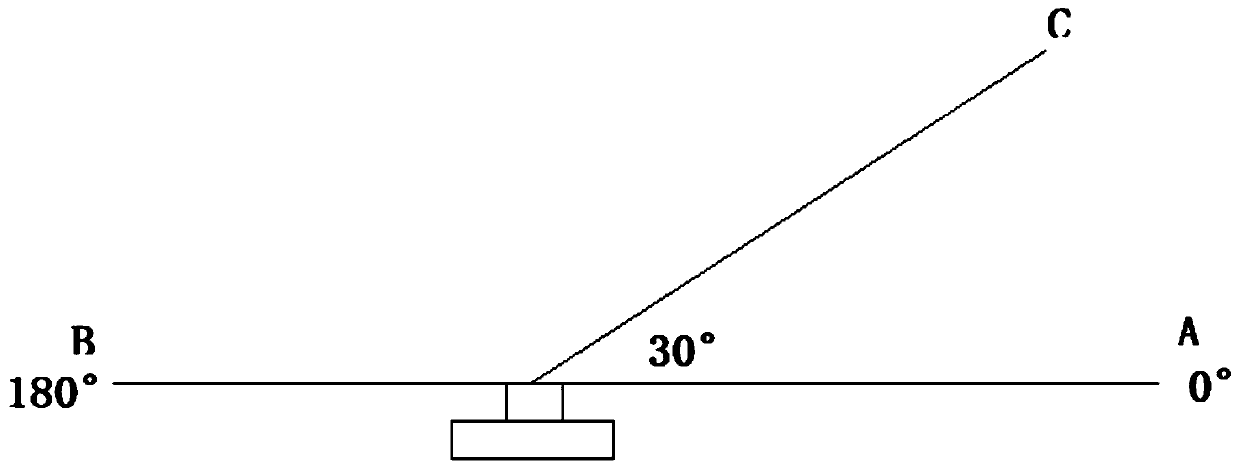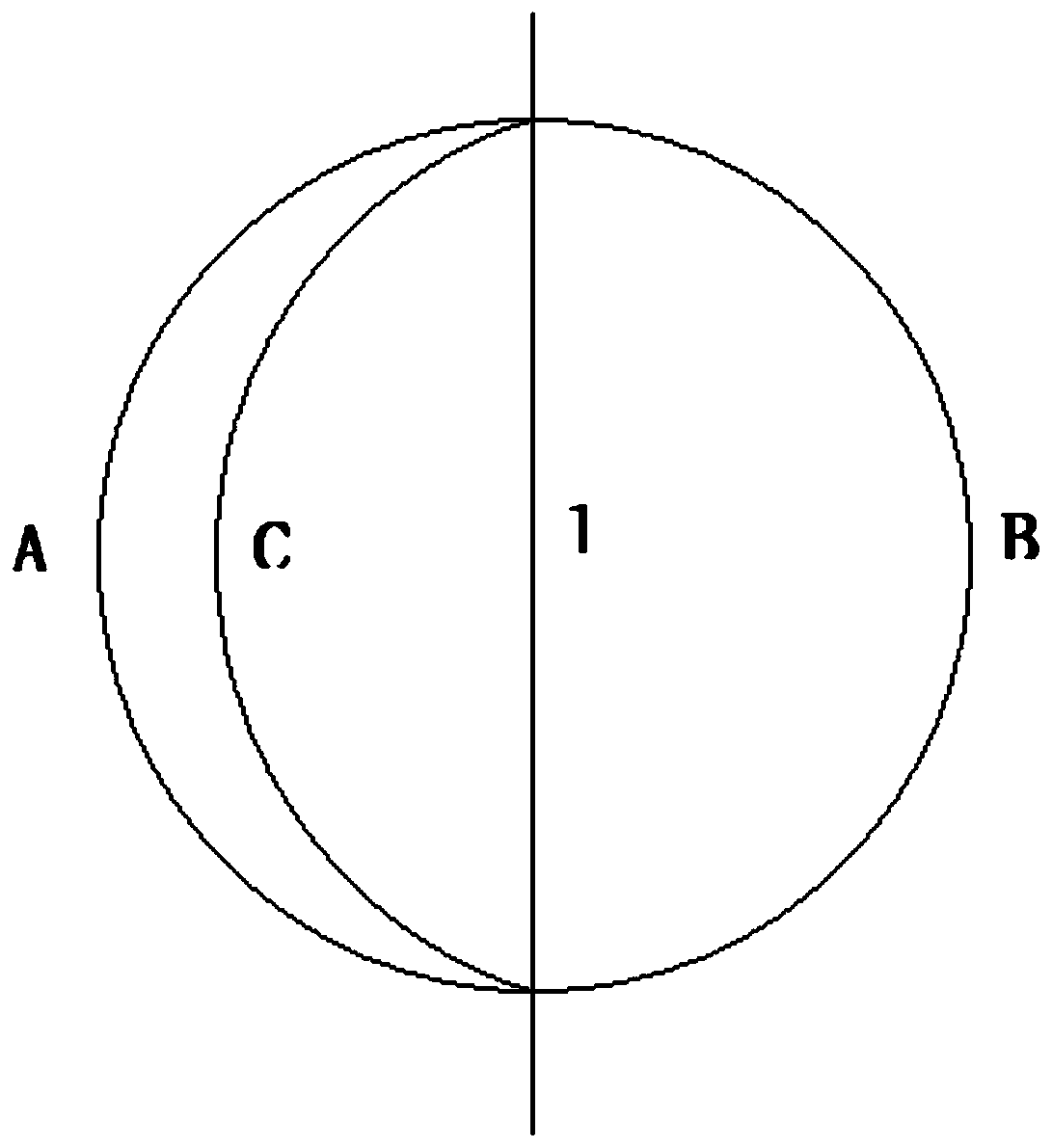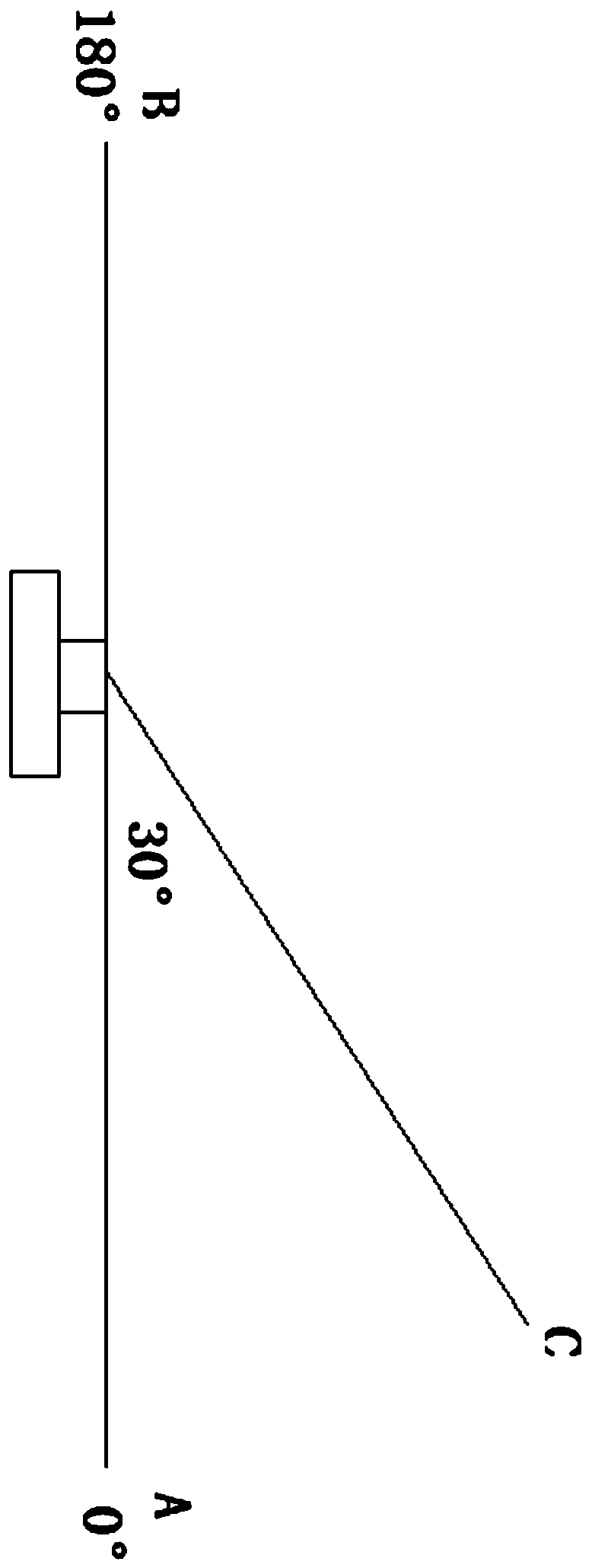Sound source positioning method adopting fisheye lens, and equipment for method
A fisheye lens and sound source positioning technology, which is applied in positioning, direction finders using ultrasonic/sonic/infrasonic waves, microphones, etc., can solve the problems of not being able to cover large angles and narrow shooting ranges, and reduce costs and increase popularity sex, reducing the number of effects
- Summary
- Abstract
- Description
- Claims
- Application Information
AI Technical Summary
Problems solved by technology
Method used
Image
Examples
Embodiment 1
[0035] This embodiment first provides a database scanning method, which is more suitable for arrays with a large number of microphones, including spherical arrays. The main idea is to calculate in advance the distance difference between all relevant spatial positions and each pair of microphones in the array and establish a database. , if the database is scanned and the distance difference of several sound sources is found to be consistent with the value in the database, the current incident angle can be determined. Moreover, since the method adopted in this embodiment is to locate by calculating the incident direction of the sound wave, a fisheye lens is used in this way. The advantage of the fisheye lens is that it can be positioned 180 degrees up, down, left, and right. And when it is determined that the sound source distance difference between the sound source and the two microphones is a certain value, then all possible positions of the sound source are on a straight line,...
Embodiment 2
[0042] This embodiment provides another implementation of the technical solution, which is a direct calculation method, which does not need to set up a database and calibrate related data in advance, and is very economical to use on a small number of microphones. When the number of microphones is only a few When there are three (at least three), a single sound source can be localized by this method.
[0043] In this embodiment, the step a refers to obtaining the incident straight line or incident angle of the sound wave. Specifically, at least three microphones are set, and any two microphones form a pair of microphone groups, and any two pairs of microphone groups contain two microphones that are not completely the same, and the sound source distance difference between at least two pairs of microphone groups is calculated , and obtain the sound wave incidence surface of the sound wave relative to the microphone group through the sound source distance difference of any pair of...
Embodiment 3
[0049] This embodiment is an improvement based on Embodiment 2, so most of the content is the same as Embodiment 2, the only difference is that this embodiment is provided with at least four microphones, through at least four microphones, at least two incident sound waves can be obtained Straight line, the closest point or intersection point of any two incident straight lines of sound waves is the position of the sound source, from which the distance from the sound source to the fisheye camera can be obtained. Through the example of Embodiment 2, the position of the sound source in the imaging picture of the fisheye camera can be obtained, that is, a point in the imaging picture, and since a point in the imaging picture essentially represents a line in a three-dimensional space, therefore, Through the method of this embodiment, at least four microphones are set, and the distance between the sound source and the fisheye camera can be obtained while the position of the sound sour...
PUM
 Login to View More
Login to View More Abstract
Description
Claims
Application Information
 Login to View More
Login to View More - R&D
- Intellectual Property
- Life Sciences
- Materials
- Tech Scout
- Unparalleled Data Quality
- Higher Quality Content
- 60% Fewer Hallucinations
Browse by: Latest US Patents, China's latest patents, Technical Efficacy Thesaurus, Application Domain, Technology Topic, Popular Technical Reports.
© 2025 PatSnap. All rights reserved.Legal|Privacy policy|Modern Slavery Act Transparency Statement|Sitemap|About US| Contact US: help@patsnap.com



